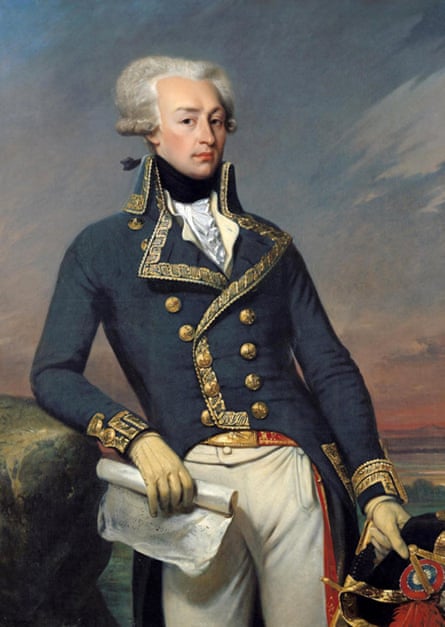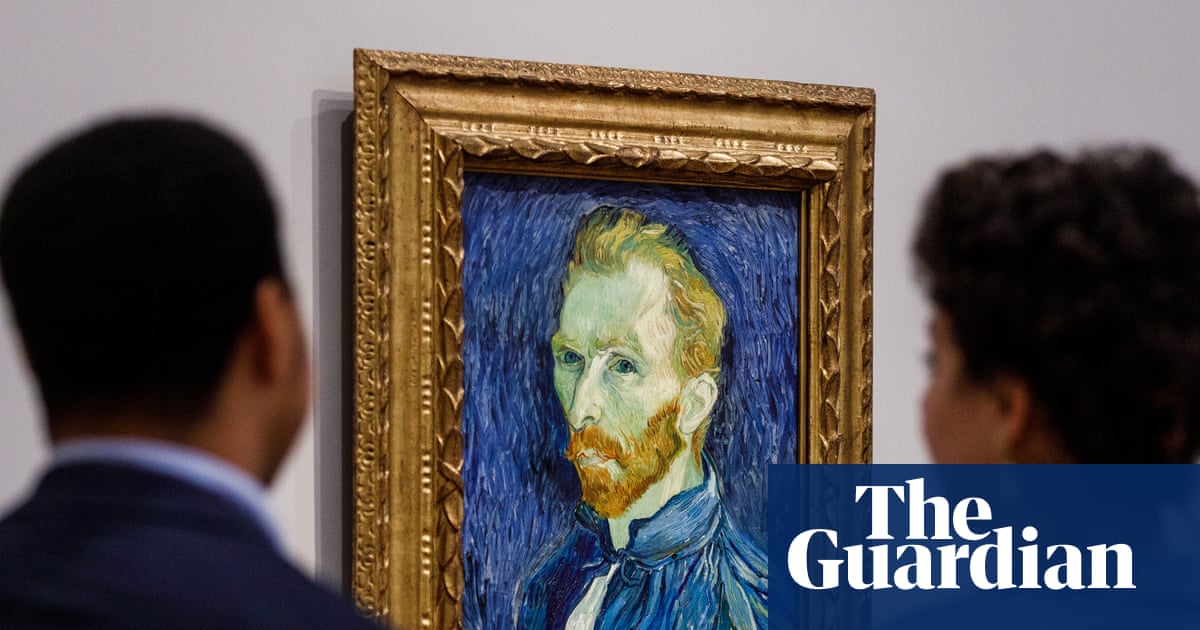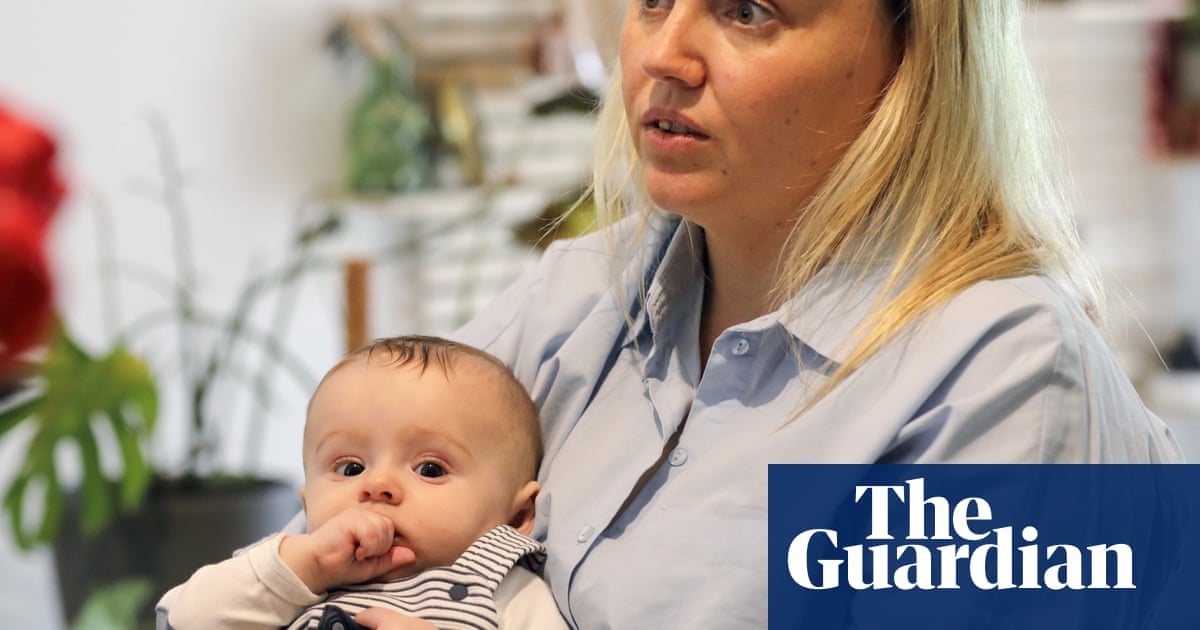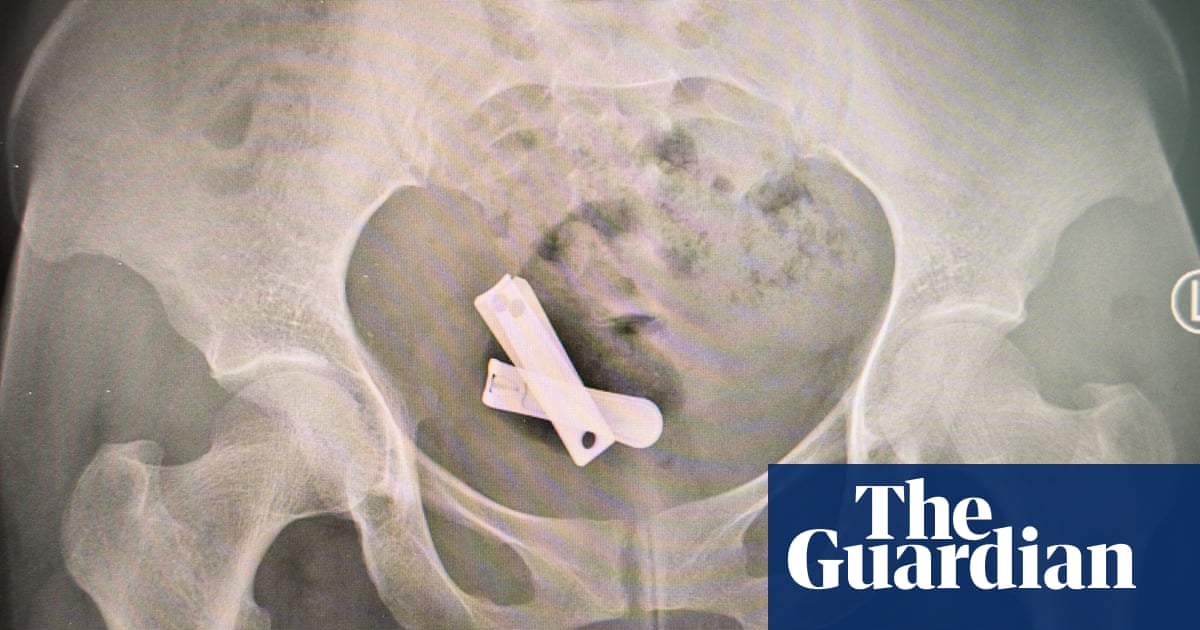French maritime enthusiasts are battling to save a replica of an 18th-century warship that became a symbol of the country’s historic relationship with America.
The copy of L’Hermione, a three-mast, 32-gun frigate that carried the Marquis de Lafayette across the Atlantic to announce France’s support for American independence from Great Britain in the revolutionary war, has been in dry dock at Anglet, near Bayonne, since its oak hull was found to be riddled with fungus four years ago.
Campaigners have raised €5m (£4.3m) to replace part of the rotted structure but say they need another €5m to make the vessel seaworthy again. Despite launching an appeal two years ago, the funds have not been found.
A fresh plea for the remaining funds comes as relations between France and the US enter a stormy period after Donald Trump’s threat to impose a 30% tariff on goods from the European Union.
Emilie Beau, the executive director of the Hermione-La Fayette Association, told the Guardian: “We need a generous patron and we now have very little time to find one. It has been three years in dry dock and its 1,200 tonnes of wood needs to be in sea water and not dry.

“We have been dampening the hull, but this could lead to the development of even more fungus. We’re hoping that if someone comes forward with the funds, we could restart work to repair the hull in September, with a view to sailing again in 2027.”
The replica of L’Hermione, which took 17 years to build and cost €26m, was launched in 2015 and sailed to New York where it was greeted by an enthusiastic crowd.
In 1780, the original ship made the voyage to America to help the revolutionaries led by George Washington in the war of independence. Onboard was Lafayette, Louis XVI’s personal envoy to the man who would later become the first US president. Lafayette disembarked in Boston and rode to Washington’s headquarters to deliver his message of French aid to the rebels.
L’Hermione – nicknamed the “Ship of Liberty” – spent two years battling the British naval blockade before returning to France. In 1793, she ran aground off western France and sank. The wreck was discovered in 1984.
In 1992 a group of maritime history enthusiasts set up the Hermione-La Fayette Association to oversee the construction of a replica of the 66-metre-long ship at the former royal shipyard at Rochefort, using historic techniques but to modern standards to enable the ship to be certified to sail.
The plans for L’Hermione had been lost, but her sister ship the Concorde had been captured by the British navy in the 1790s, and detailed drawings and measurements of the vessel, a jigsaw of more than 400,000 pieces of wood and iron, were found at the Admiralty in London.
Unlike the original, the replica has modern navigation equipment and electric motors for manoeuvring in and out of ports. It was also fitted with showers and toilets, as opposed to a plank of wood with holes in it near the prow that the original crew would have used. The replica cannon are fake; otherwise, it would be classed as a warship and come under the control of the French navy.
after newsletter promotion
In 2021, L’Hermione was due to visit the Netherlands, Belgium, Germany and the UK, including sailing up the Thames, but after going into dry dock for maintenance before setting sail, workers discovered that the wood at the bow and stern was infested with lenzites and cellar polypore, both wood-decaying fungi.
“What we know about these fungi is that they existed in the 18th century, but back then it took six months to build a ship, and if one didn’t come back or rotted, they just built another. Obviously, we cannot do that,” Beau said. “We want to build a ship that lasts longer than they did at the time.”
The association has issued a new international appeal for funds, saying it is “now or never” to save the ship.
“About 10% of the hull wood was damaged; we have replaced the wood in the rear part but now we urgently need €5m to complete the work,” Beau said.
“L’Hermione is a symbolic, historical ship. It is not only a chef-d’oeuvre of technical achievement but it was called the frigate of liberty and carried the values of freedom and solidarity between peoples.
“Today it is a symbol of peace and humanity, and in the current difficult period our countries are going through, it represents diplomatic relations and common values. We don’t want to lose that.”

 3 months ago
48
3 months ago
48

















































